Uzbekistan to create export-oriented SEZs with focus on high-value goods
Uzbekistan plans to allocate $100 million for factoring services to textile and electrical engineering exporters.
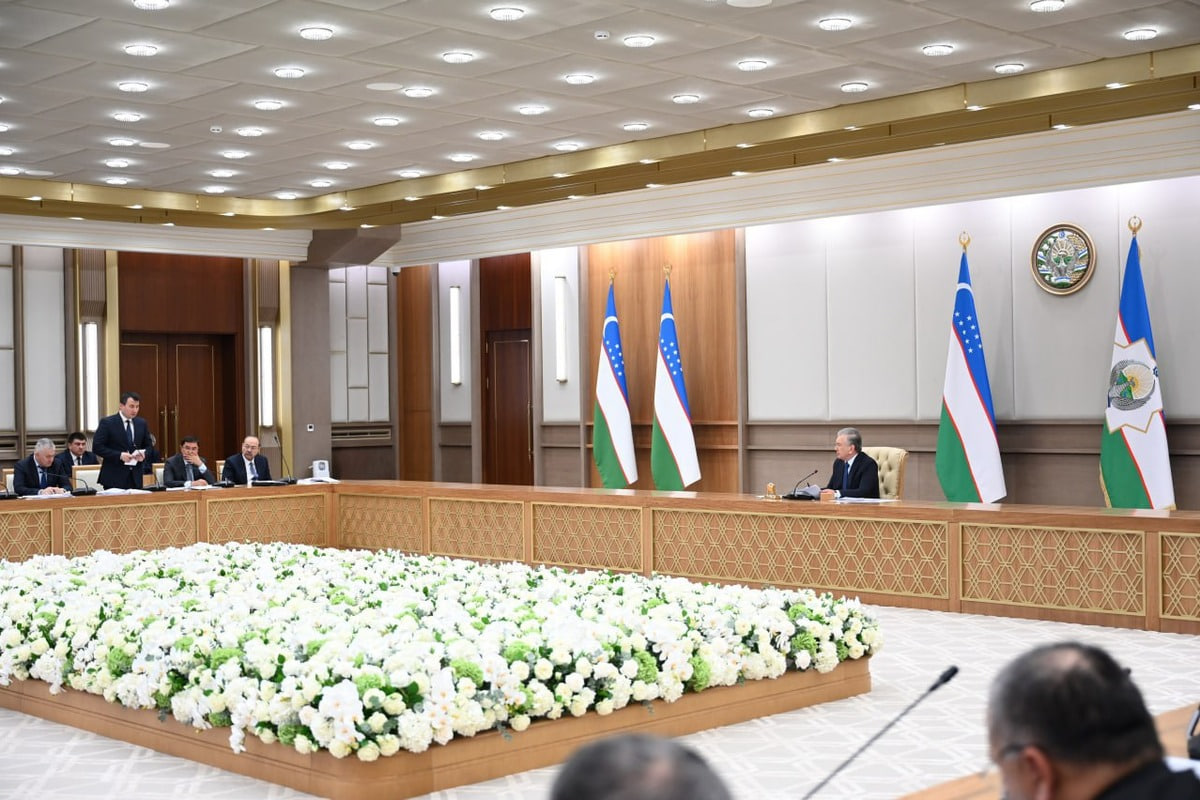
Photo: Frame from the video
On January 16, Shavkat Mirziyoyev held a meeting on investment and export growth. At the meeting, the president announced plans to attract funds from international financial markets.
He emphasized the role of free economic zones (SEZs). In 2024, products worth 42 trillion UZS were produced within these zones; however, only 16% of this output was high-tech products, and 18% was directed to export.
Out of the 589 companies currently operating in SEZs, more than half did not export products last year. The benefits offered to these companies did not lead to a reduction in production costs or an increase in exports. Officials have been tasked with submitting proposals to refocus these zones on export-oriented activities.
New SEZs are planned to be established, specializing in the production of high-value-added goods in demand abroad. The first such zone will be set up in Namangan and will focus on textile production.
The experience of transferring the management of 12 technoparks to companies from China, Turkey, and Russia was highlighted. This enabled the implementation of 27 projects worth $2.5 billion. The task has been set to propose the creation of technoparks with foreign investments on vacant lands within SEZs.
In the current year, Uzbekistan aims to increase its merchandise exports to $30 billion. The president pointed out the potential for expanding exports in the textile and electrical engineering sectors and announced new measures to support exporters in these fields.
A special factoring company with $100 million in capital will be established to provide working capital to exporters. Additionally, exporters will be reimbursed up to $20,000 for expenses incurred in obtaining international compliance certificates.
Import laboratory equipment for research centers will be exempt from customs duties. $2 million will be allocated to promote Uzbek products on global marketplaces.
Furthermore, the use of market mechanisms in cotton farming will be expanded. Clusters will provide information on cotton demand and proposed prices, allowing farmers to select clusters and enter into forward contracts.
Farmers who repay their subsidized loans by the end of the year will receive a 4% cashback on the loan amount, effectively reducing the interest rate to 6%. If a farmer did not take a loan and cultivated cotton independently, they will be eligible for a 10% subsidy.
Recommended
List of streets and intersections being repaired in Tashkent published
SOCIETY | 19:12 / 16.05.2024
Uzbekistan's flag flies high on Oceania's tallest volcano
SOCIETY | 17:54 / 15.05.2024
New tariffs to be introduced in Tashkent public transport
SOCIETY | 14:55 / 05.05.2023
Onix and Tracker cars withdrawn from sale
BUSINESS | 10:20 / 05.05.2023
Latest news
-
The Maldives – The Perfect Choice for a Halal-Friendly Holiday
SOCIETY | 19:00 / 25.07.2025
-
Residents and businesses hit hard by frequent power cuts in Tashkent
SOCIETY | 13:01
-
Extreme heat could slash Central Asia’s GDP and overwhelm public services
SOCIETY | 12:10
-
Tashkent to launch 100 MW energy storage project with China Energy International Group
SOCIETY | 11:52
Related News
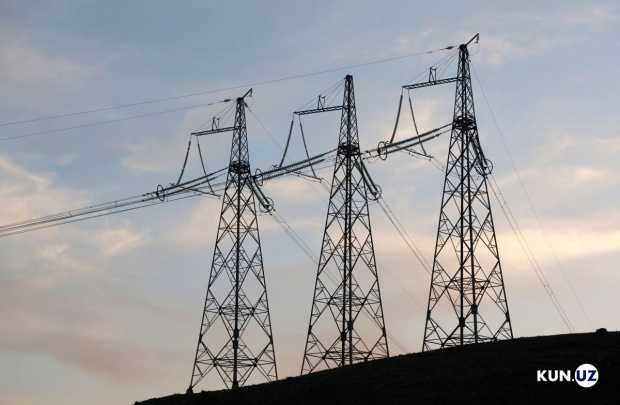
16:58 / 24.07.2025
Uzbekistan boosts electricity exports amid ongoing outages
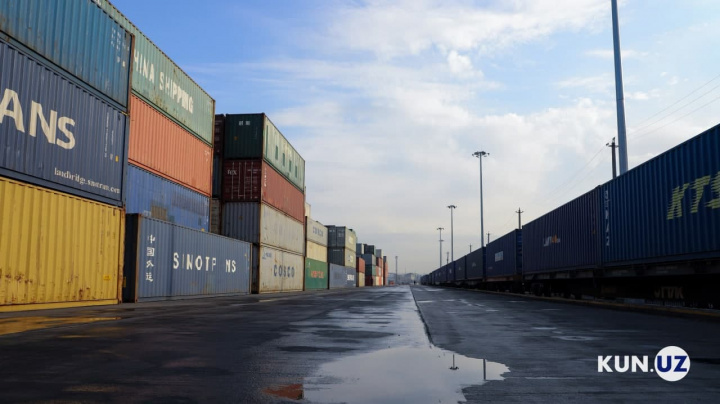
23:02 / 23.07.2025
Uzbekistan’s foreign trade turnover hits $37 billion in first half of 2025
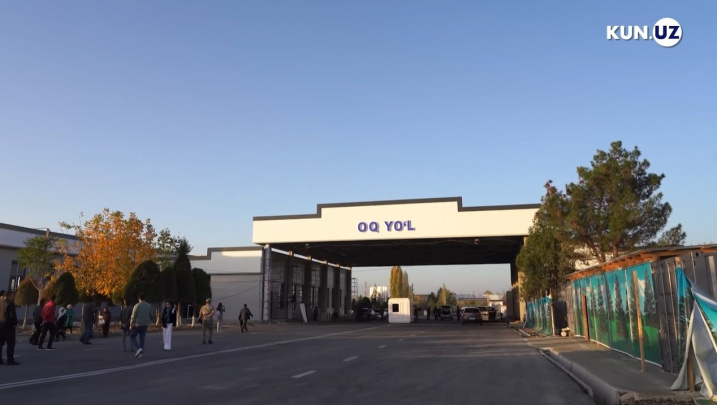
14:47 / 23.07.2025
Authorities consider new rule for taking cars abroad after Kun.uz investigations
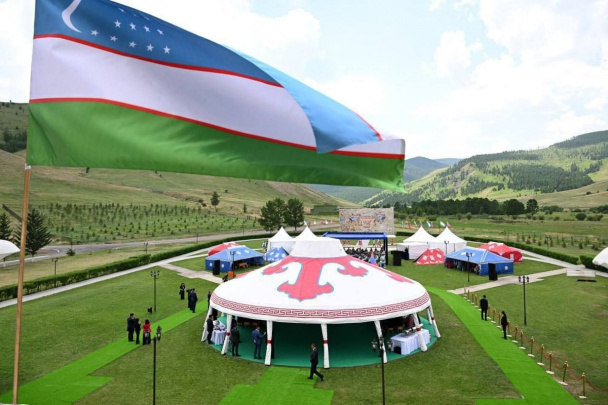
17:59 / 19.07.2025



